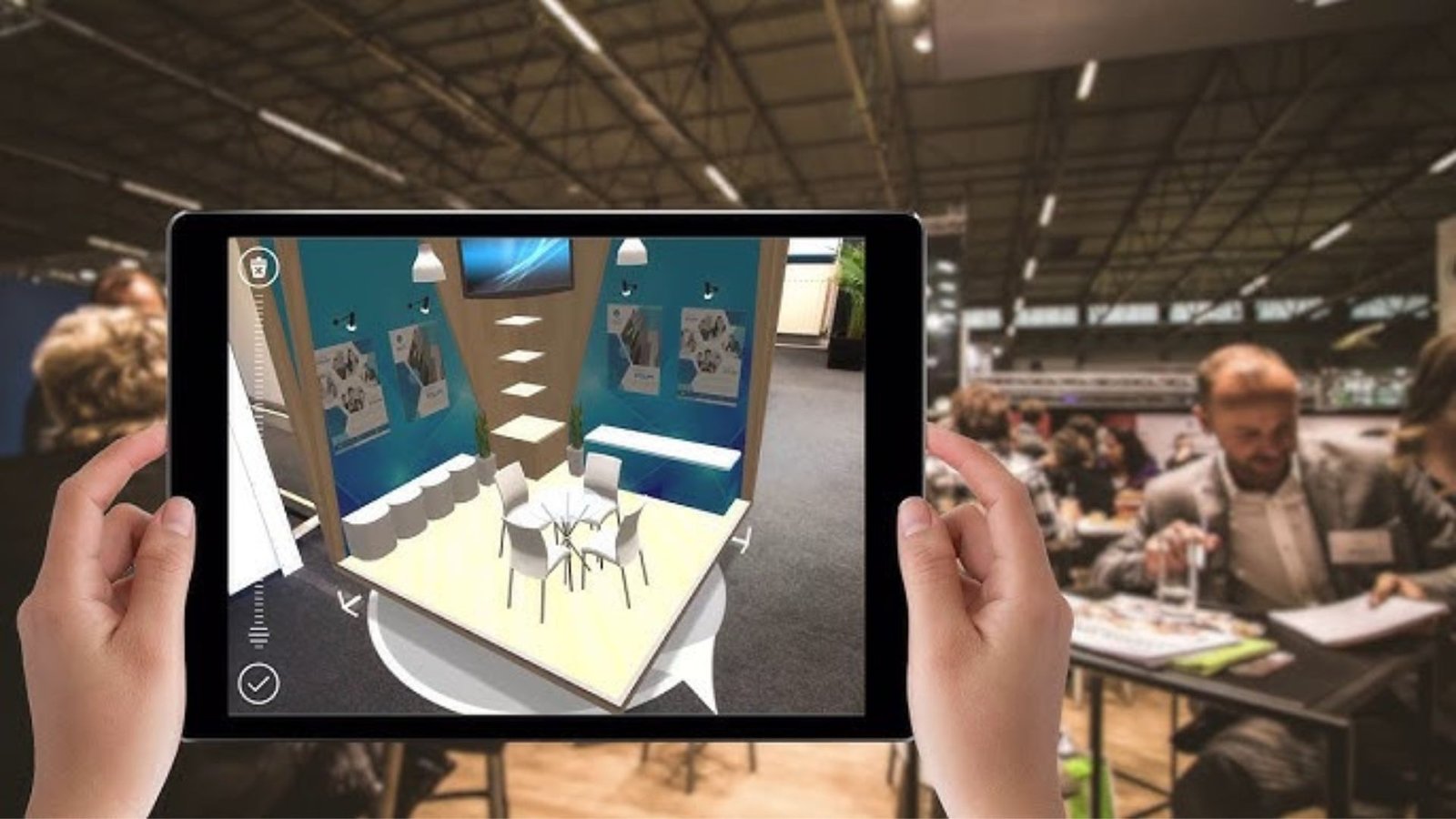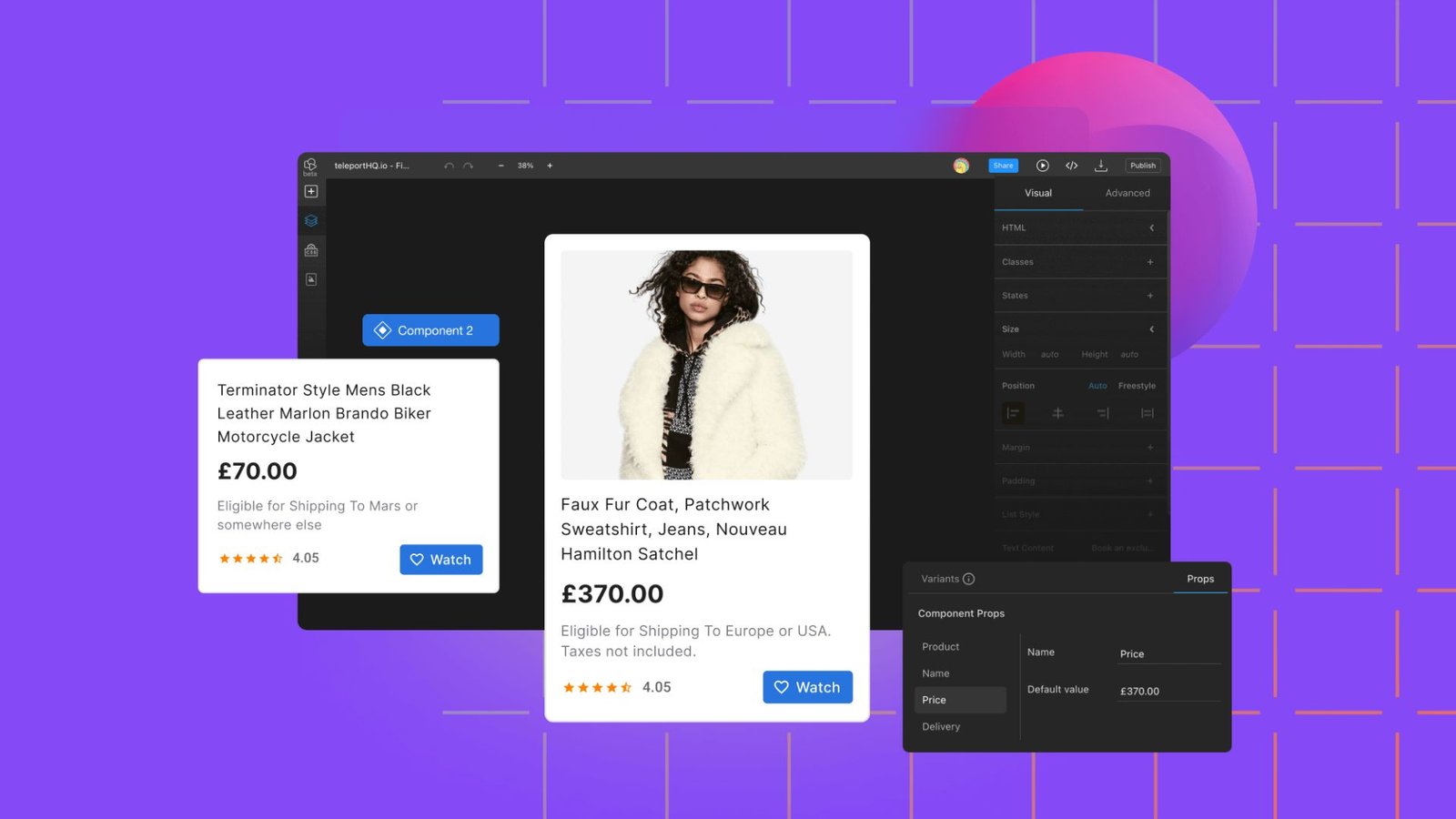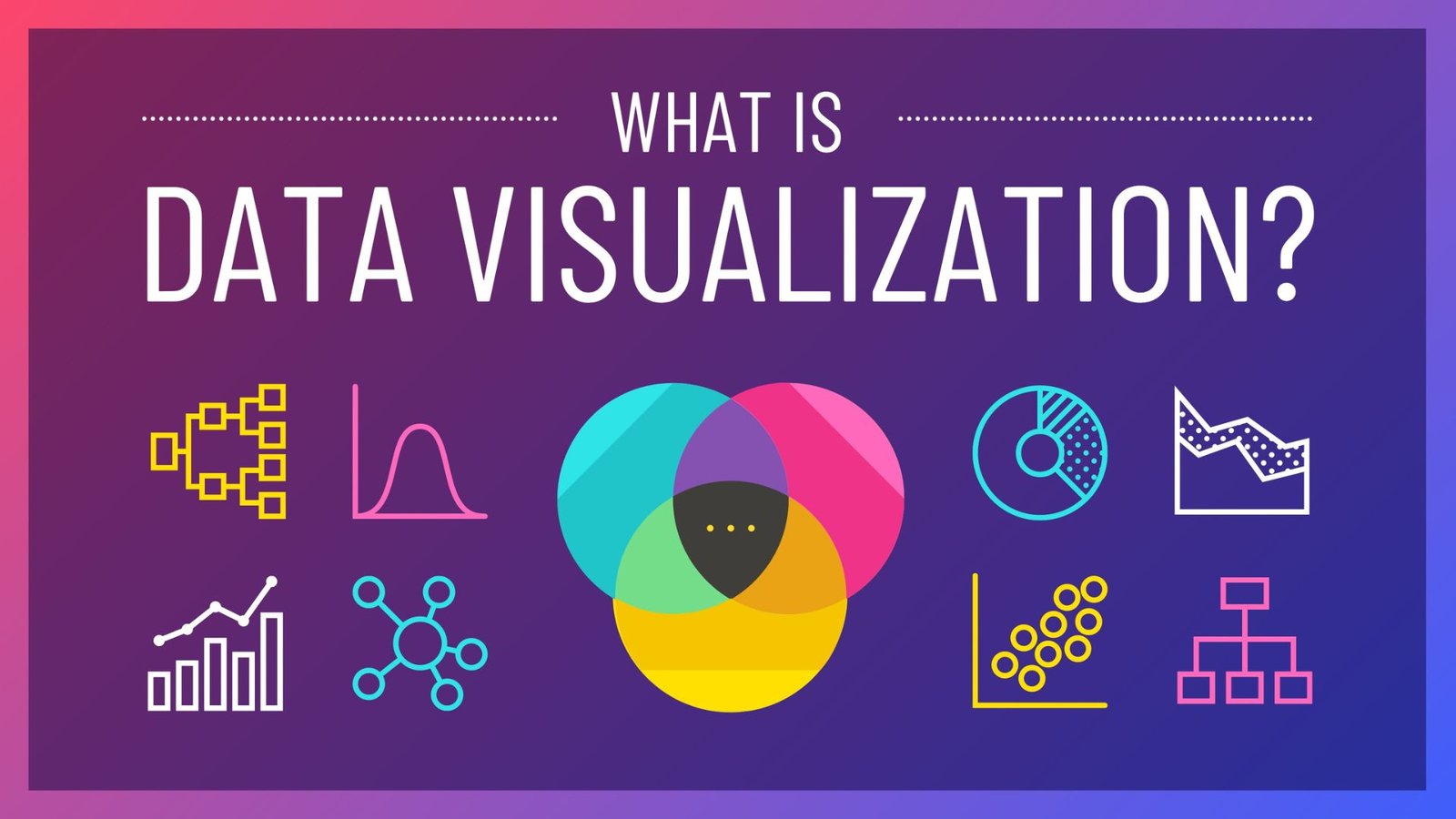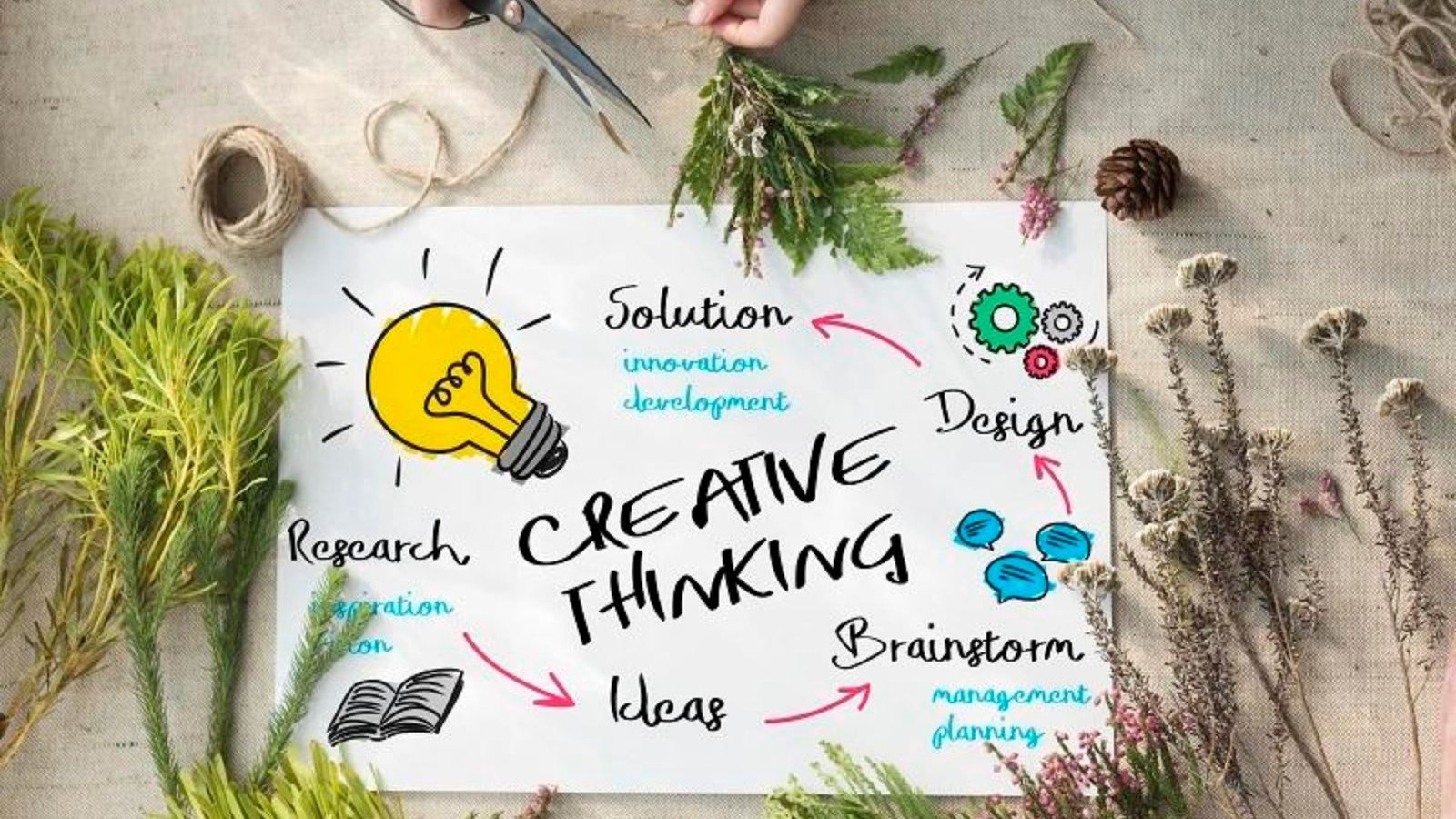Integrating augmented reality (AR) in visual design is revolutionizing how designers create and present their work. AR technology overlays digital information onto the real world, offering new ways to enhance user experiences and interactions. In this blog post, we will explore how AR can be integrated into visual design, its benefits, practical applications, and future trends.
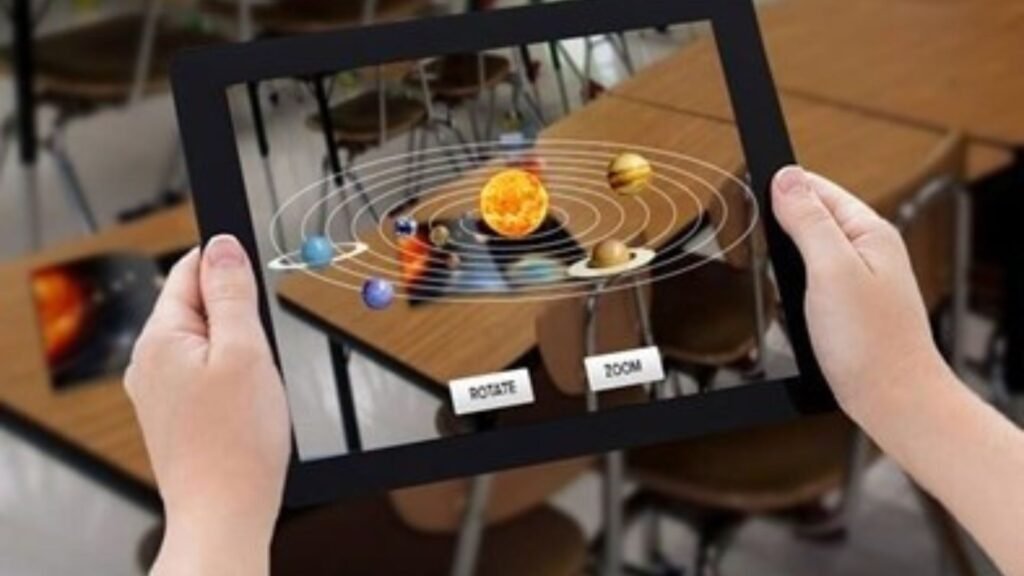
What is Augmented Reality in Visual Design?
Firstly, augmented reality in visual design involves adding digital elements to real-world environments through devices such as smartphones, tablets, or AR glasses. Unlike virtual reality, which creates an entirely virtual environment, AR enhances the real world with additional layers of information or visual elements. This integration allows designers to create interactive and immersive experiences that blend seamlessly with the user’s surroundings.
Benefits of Integrating AR in Visual Design
Moreover, integrating AR in visual design offers several key benefits. Enhanced User Engagement is a major advantage; AR provides interactive experiences that capture users’ attention and encourage them to interact with the content in new ways. Improved Visualization is another benefit, as AR allows users to see and interact with digital designs in real-time, providing a better understanding of how they fit into the physical world. Increased Accessibility is also important; AR can make complex information more understandable by presenting it in a visually engaging format. Overall, AR enhances the effectiveness and appeal of visual designs by making them more interactive and immersive.
Practical Applications of AR in Visual Design
Additionally, there are numerous practical applications of AR in visual design. Retail and E-commerce is one area where AR is making a significant impact. For example, AR can allow customers to virtually try on clothes or see how furniture will look in their homes before making a purchase. Marketing and Advertising also benefit from AR; brands can create interactive campaigns that engage users and offer unique experiences, such as virtual product demonstrations or promotional games. Education and Training use AR to create interactive learning environments, providing students and trainees with hands-on experiences that enhance their understanding of the material. These applications show how AR can be effectively integrated into various design projects.
Best Practices for Integrating AR in Design
For successful integration of AR in visual design, several best practices should be followed. Prioritize User Experience: Ensure that AR experiences are intuitive and easy to use. The interaction should feel natural and add value to the user experience. Maintain High Quality: Use high-quality graphics and ensure that digital elements are seamlessly integrated into the real world. Poor-quality visuals can detract from the overall experience. Consider Context: Design AR experiences with the user’s environment in mind. Ensure that digital elements complement the real world and do not create distractions or confusion. Test and Iterate: Regularly test AR designs with real users and gather feedback to make necessary improvements. Iterative design helps refine the AR experience and ensures it meets user needs and expectations.
Challenges in AR Integration
However, there are challenges to integrating AR in visual design. Technical Limitations can be a barrier, as AR technology requires devices with sufficient processing power and high-quality displays. User Accessibility is another challenge; not all users have access to AR-compatible devices or may be unfamiliar with how to use AR applications. Content Overload can also occur if the AR experience is too complex or overwhelming. To address these challenges, designers should focus on creating user-friendly and accessible AR experiences while staying updated on technological advancements and ensuring compatibility with a wide range of devices.
The Future of AR in Visual Design
Looking forward, the future of AR in visual design is promising and full of potential. Advancements in AR Technology will continue to enhance the quality and capabilities of AR experiences, offering new possibilities for design. Integration with AI and Machine Learning may provide more personalized and adaptive AR experiences, tailoring content to individual users’ preferences and behaviors. Expanded Use Cases will likely emerge, as AR becomes more integrated into everyday life and various industries. Staying informed about these developments and exploring innovative ways to use AR will be key to staying ahead in the field of visual design.
Conclusion
In conclusion, integrating augmented reality in visual design offers exciting opportunities for enhancing user experiences and creating interactive, immersive content. By understanding the benefits, practical applications, and best practices for AR, designers can effectively incorporate this technology into their projects. Addressing challenges and staying informed about future trends will help designers create innovative and engaging AR experiences. Embracing AR in visual design not only enhances the effectiveness of designs but also opens up new possibilities for creativity and user interaction.

